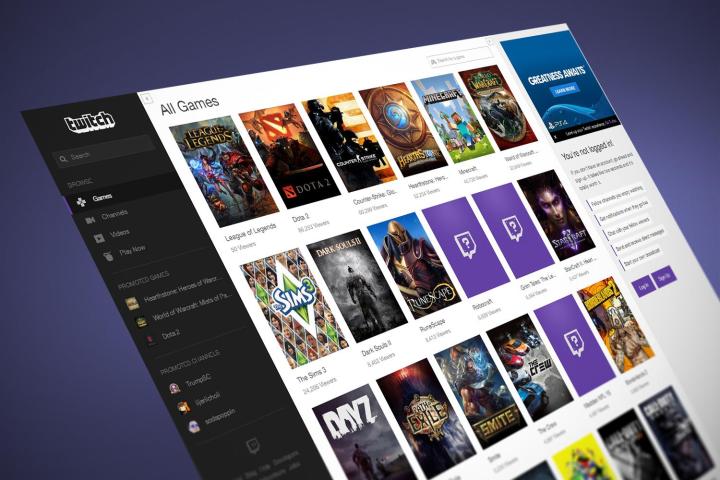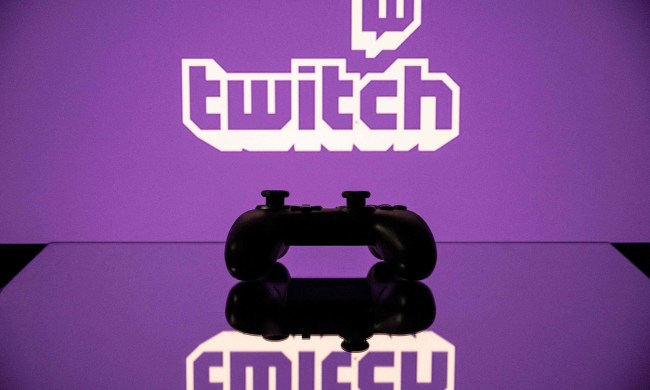
Livestreaming service Twitch allows players to broadcast their best gaming moments to viewers all over the world, but it appears that not every government is on board with this idea. The website and app have both been banned in China, and Chinese video game fans aren’t left with a good alternative.
First reported by Abacus, the Twitch website became inaccessible in mainland China this week, along with its companion app on the Apple Store. Twitch later confirmed that this wasn’t an error, but a deliberate move made by the Chinese government — though the company wasn’t sure why it happened so suddenly.
It’s particularly odd considering that China currently has a team in The Overwatch League, which broadcasts all of its matches on Twitch. The Shanghai Dragons will be joined next season by teams in Chengdu, Hangzhou, and Guangzhou. If the ban stays in effect, it seems local viewers in all four of these cities would be unable to watch their teams’ games on Twitch.
YouTube won’t be an option, either. The site has been blocked in China for nearly a decade, and it’s unlikely this will change anytime soon. Chinese platforms like ZhanQi TV and Panda TV are used, though we’re sure Chinese viewers want to show their support for their favorite teams on more interactive services.
It isn’t all bad for players in China, however. Back in 2015, the country lifted a ban on game consoles, opening the door for citizens to experience a huge number of previously inaccessible games. Without access to Twitch or YouTube, they won’t be able to stream their gameplay to people around the world, but perhaps some sort of deal can be reached with China in the future.
Streaming for Twitch on the current-generation consoles — excluding the Switch — couldn’t be easier. You don’t need any capture card or special software, with the consoles themselves broadcasting the games, and you can even include a face-cam if you own the Kinect or a PlayStation Camera. The process is similarly easy on PC, where free programs like OBS allow users to broadcast their gameplay with just a few clicks.






